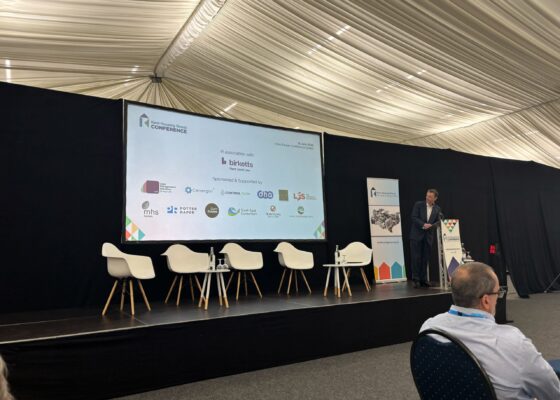HERITAGE WEEK – Fun Fact Friday!
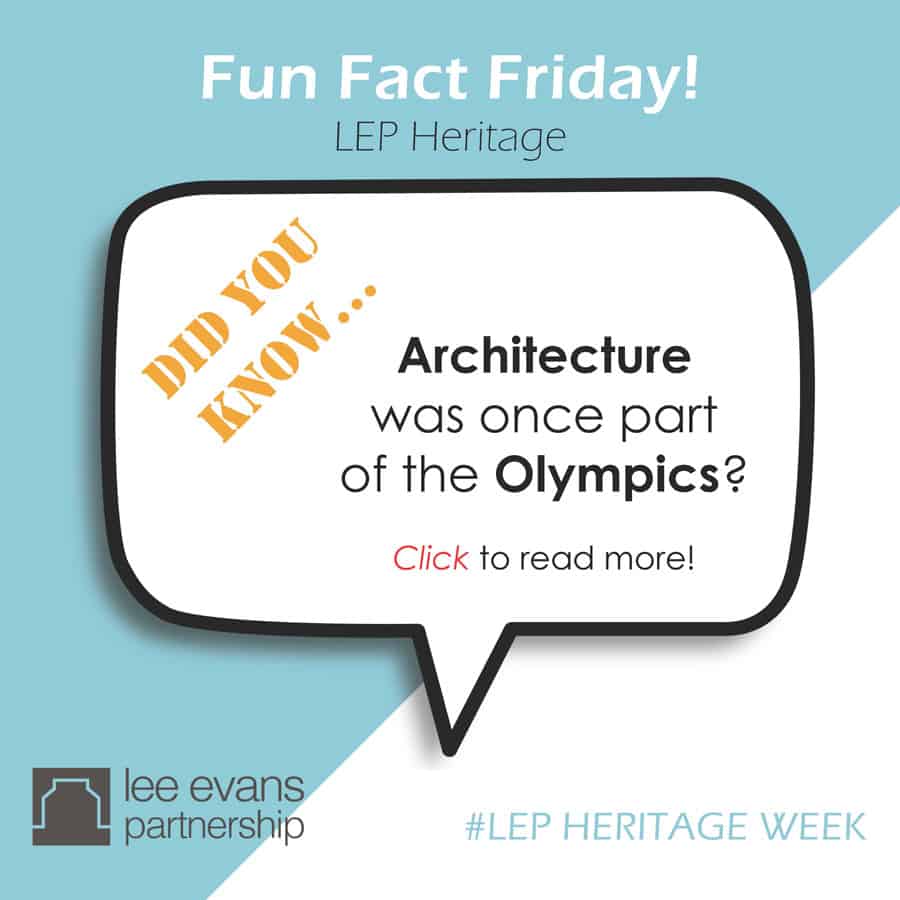
Today we bid farewell to #HeritageWeek at Lee Evans Partnership… but don’t despair, our team have a billion interesting musings and lots of exciting projects in the pipeline, so you’ll be hearing from them all again before you know it.
As it’s our final day, we wanted to finish on a fun (yet we hope interesting and informative) note, with our team’s interpretation of Fun Fact Friday! Here are a few interesting tidbits from the world of heritage, both locally and from further afield. We hope you enjoy!
Did you know…?
-
Although a key material in many a Medieval church building in southern England, being at the time the only abundant stone nearby, flint was notoriously difficult to work with, especially on corners! In Suffolk, round flint towers are a recognisable feature in the local landscape for this exact reason! Here is a lovely example at Theberton.
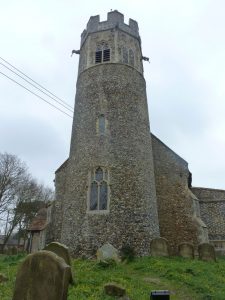
-
Did you know that architecture was once a category in the Modern Olympic Games?
From 1912 to 1948 medals were handed out in 5 creative categories; architecture, painting, sculpting, literature, and music.
Creative competition was also part of the ancient Olympics, and the father of modern Olympics, Pierre de Coubertin, was keen for their inclusion, saying “In the high times of Olympia, the fine arts were combined harmoniously with the Olympic Games to create their glory”. One caveat was that all entries had to be sport related.
In 1948 the IOC banned the Olympic Arts Competition due to the large volume of professionals entering, going against the ‘spirit of the games’, being an amateur competition. Would you like to see a return of the creative competition at the Olympics?
-
In 1843 a section of the White Cliffs between Folkestone and Dover was the site of the largest (at that time) man-made explosion on earth. Tunnelling works to create the South Eastern Railway extension found a large section of cliff was too unstable to tunnel, and so decided to blow it up instead! 18,500lbs of gunpowder was fetched from Faversham Gunpowder Works, and locals gathered to see the cliff seemingly turn to liquid. The collapse formed a nice solid base for the rail line, which is still in use today at the foot of the cliff.
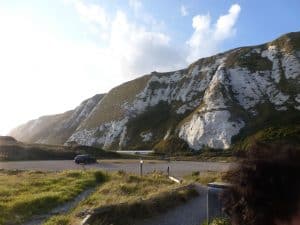
-
Spellings of place names was evidently a moveable feast in the early Victorian times! Many a signpost can be seen with somewhat interesting alternatives, as can be seen here just outside Dover (or should that be ‘Dovor’?)
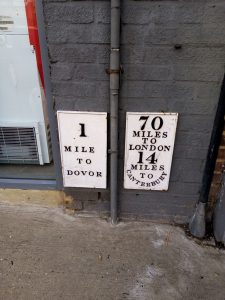
-
Did you know that LEGO used to make special bricks for architects? When Godtfred Kirk Christiansen, the son of the LEGO founder, tried to make a replica of a house he was building, he found that the scale wasn’t working due to the wrong width-to-height ratio. This led to the creation of Modulex (marketing as LEGO for adults!), which had a much smaller brick size to the correct proportions of real bricks, allowing scale models to be built. Unfortunately, the bricks were discontinued in the 1970s.
-
Gargoyles are a common fixture up high on many buildings throughout the world. Their ugly faces thought to provide a protective talisman, scaring off evil. Although they can be seen on many a historic church building, they in fact predate Christianity – did you know that the oldest ‘gargoyle’ found is a 13,000 year old crocodile depiction in Turkey?
As well as performing a ‘protective’ role, they also had a practical use – channelling water from rooftops (many can be seen with extended tongues which act as spouts!)
Those that were used for purely decorative and ‘protective’ purposes, which can be seen adorning entranceways and on columns, for example, are not in fact gargoyles at all, but referred to as ‘grosteques’.
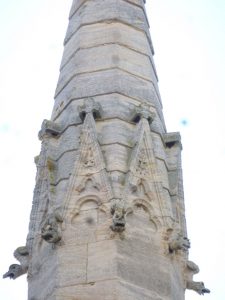
So this concludes our #Heritage Week! We’ve hope you’ve enjoyed reading our posts this week. And remember, if you have any projects requiring the expertise of our specialist Heritage Team, please do get in touch!
Join us again next month for our next team focus… we look forward to welcoming you again.

